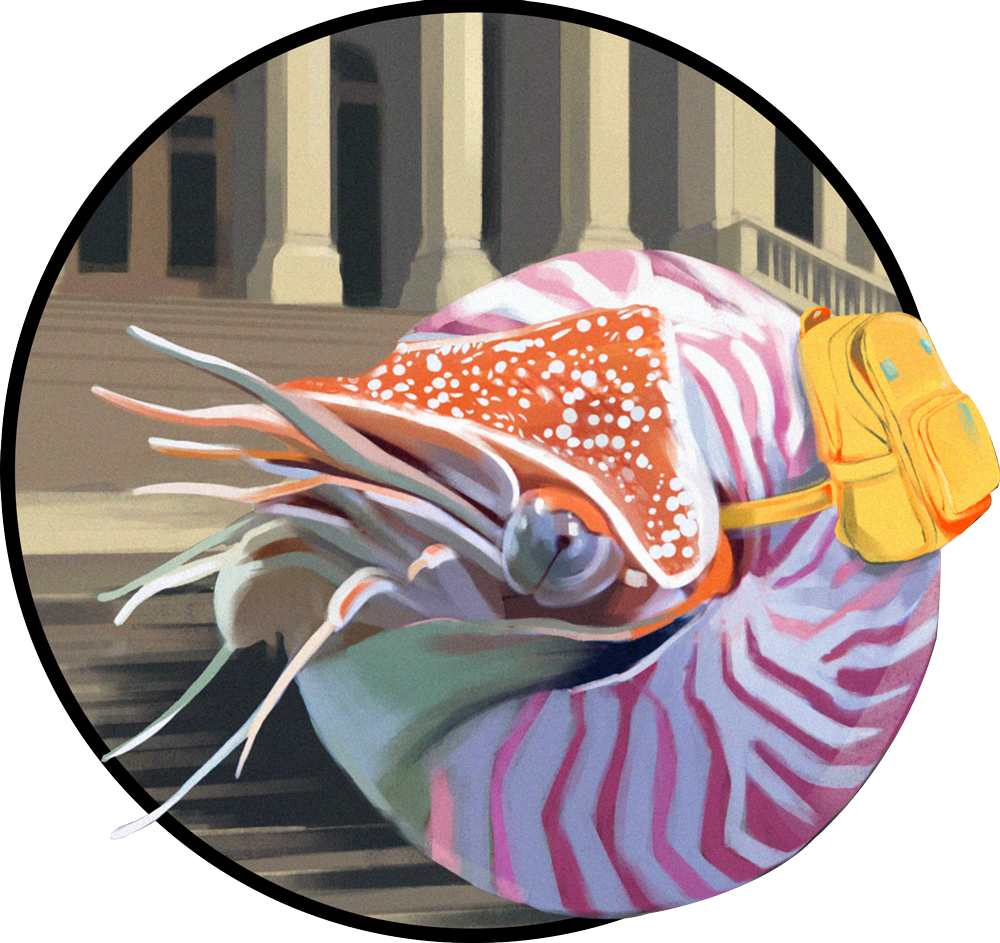When an Arabic poet praised 12th-century military leader Saladin, he may have been looking to curry favor. But it was astronomers 800 years in the future who would turn out to be most impressed with his lyrical observations of a strange brilliance in the night sky above Cairo.
Ibn Sanāʾ al-Mulk, a secretary in the Saladin Empire of Egypt, penned his verse in 1181, and researchers have recently interpreted a line in that poem as evidence of an actual supernova. A team of researchers explain the connection in a paper published in Astronomical Notes this year.
According to the diverse cohort of authors, whose areas of expertise run from Islamic studies to astrophysics, the poem sheds light on “Supernova 1181,” whose remnant has been observed through modern telescopes.
A (translated) line in al-Mulk’s Arabic poem reads: “May the stars sacrifice themselves for the son of Ayyub [Saladin], for they are his servants and thereby sacrifice themselves for the master.”
Supernovas are explosions of massive stars in their death throes, emitting huge bursts of light that gradually fade over time. Most supernovas are too far from Earth to be seen without a telescope. The most recent one in our own Milky Way galaxy, which could be viewed with the naked eye, was in 1604, just a few years before Galileo pioneered telescopes. So, science sometimes relies on historical records of supernovas to corroborate what can be learned about their remnants.
Read more: “Why Doesn’t Ancient Fiction Talk About Feelings?”
In a feat of historical detective work, researchers from a trio of German universities deduced that al-Mulk’s poetic observation (translated) that “now even the stars [anjum] in the sky have increased in number” refers to the explosion of a supernova, likely visible to the poet’s naked eye in ancient Cairo. Their analysis pinpoints a likely timeframe for that observation, noting that the poem praises both Saladin and Saladin’s brother Saphadin, who crossed paths in Egypt in the years 1181 through May 1182. Furthermore, the scholars link the poem’s mention of Saladin’s troops protecting Mecca from destruction to a Crusader attack in December 1181.
According to al-Mulk’s verse, the new star was near al-Kaff al-Khabīb (“dyed hand”), today known as the Cassiopeia constellation. Modern telescope observations have collectively identified a supernova remnant called Pa 30, about 10,100 light-years away in Cassiopeia. The remnant has long, radiating filaments, like spokes of a wheel, around a central white dwarf star. Boasting one of the hottest stars in the Milky Way, this remnant is hypothesized as the remains of the stellar sacrifices the Arab poet soliloquized about long ago. The discovery of Pa 30 also aligns with historical Chinese writings about a bright star observed for 185 days, from August 6, 1181, to February 6, 1182.
Life can imitate art, and art can imitate life. But every so often, poems imitate telescopes, bringing into focus the last gasps of dying stars. ![]()
Enjoying Nautilus? Subscribe to our free newsletter.
Lead image: NASA/JPL/Caltech






























